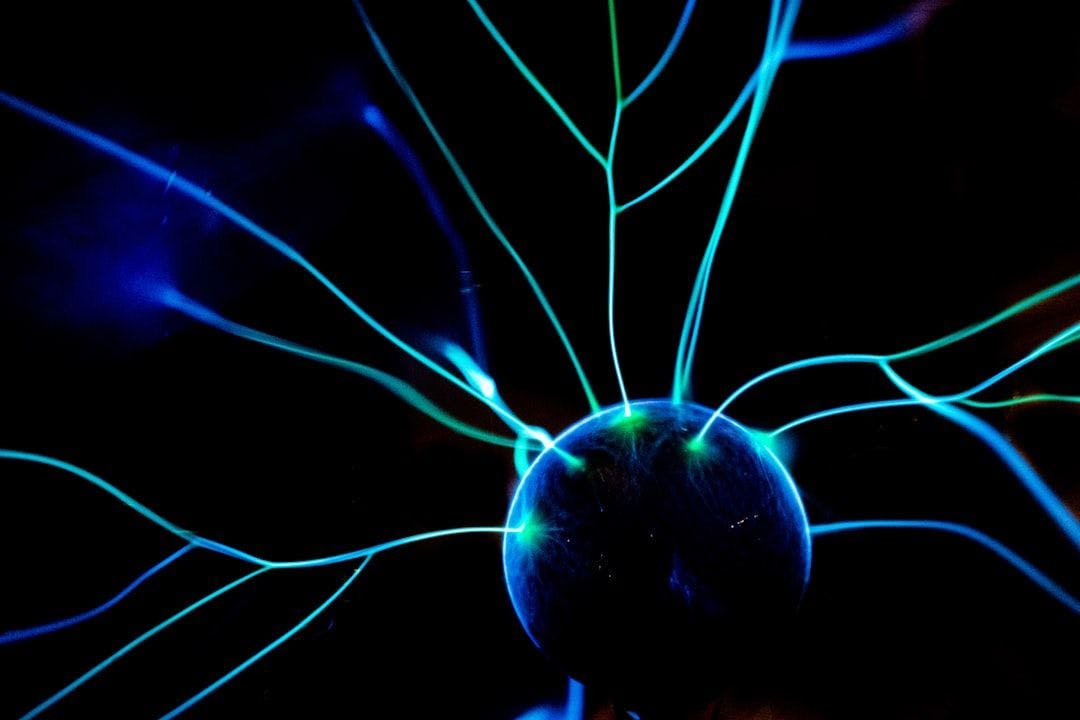Audio Presented by

I am an AI Reseach Engineer. I was formerly a researcher @Oxford VGG before founding the AI Bites YouTube channel.
Story's Credibility

About Author
I am an AI Reseach Engineer. I was formerly a researcher @Oxford VGG before founding the AI Bites YouTube channel.
